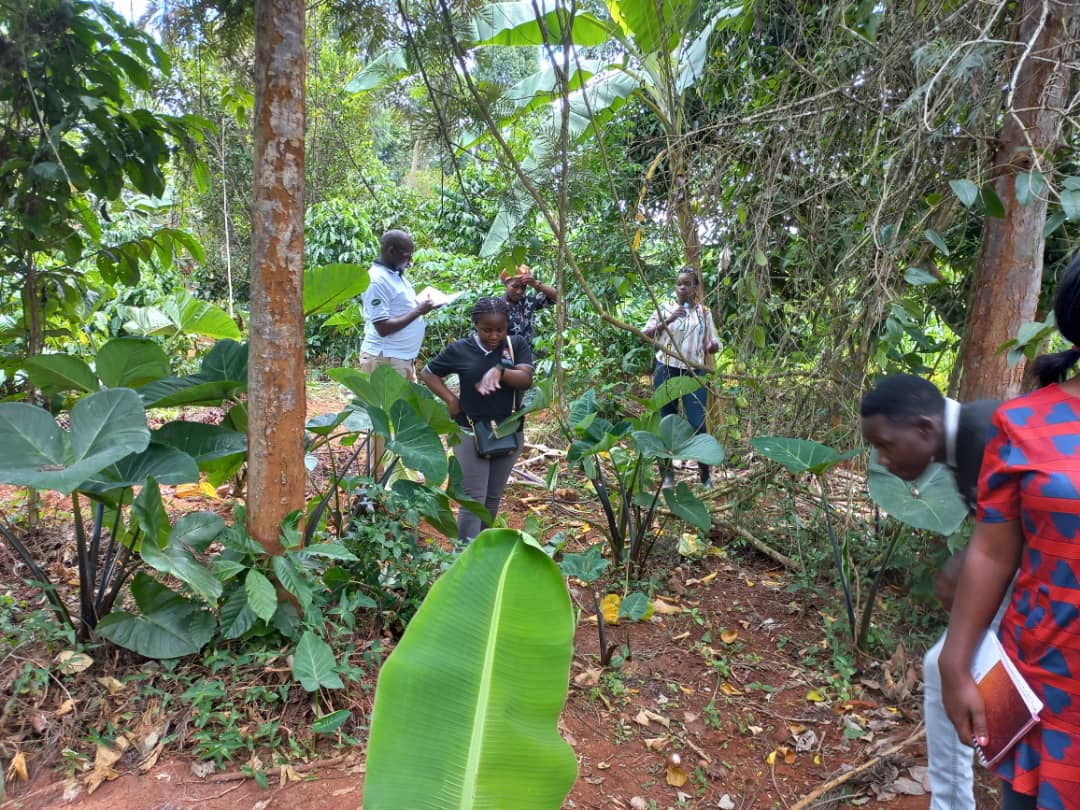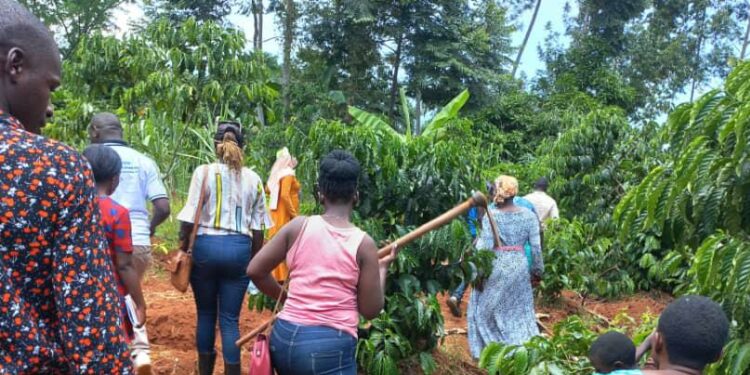The practice of growing crops and rearing animals in a way that is considerate of the existing ecosystems is the most effective approach to restore Uganda’s lost green cover, environmentalists say.
Uganda has lost its green cover over the years, at an alarming rate. According to statistics from Global Forest Watch, Uganda lost 967 kilo hectares of tree cover from 2001 to 2021, equivalent to a 12% decrease in tree cover since 2000. This leads to biodiversity loss, endangering complex interactions between plants, macro and micro organisms, for which agriculture is entirely dependent.
Such unprecedented loss of green cover has raised alarm amongst high-end conservationists, saying this state of affairs is likely to plunge the country into worst climatic disasters, putting human life in serious danger.
While launching the MTN Uganda’s reafforestation campaign at Kyewaga Forest Reserve, the Executive Director for National Forestry Authority (NFA) Tom Obong Okello hinted on the need to embrace agroecology as a way to restore Uganda’s lost green cover.
He said that in order to save the country from losing all of its forest cover by 2040, Ugandans need to embrace agroforestry, which is one of the many practices of agroecology.
“We want to incorporate forests in the farming system through agro forestry.We can restore 20% we are projecting by 2040,” revealed Obong Okello.
Environmental researchers Shannon Blanton and William Kegley in 2008 explained that the threat posed by climate change is as extremely dangerous to human life as armed conflicts, and proposed the concept of environmental security.

This implies that the continued encroachment on nature by man through activities like lumbering and swamp reclamation puts human lives at the mercy of serpents. However, on a sad note, most citizens in Uganda are not aware that they are the cause of disastrous climate change impacts like floods and drought, due to low sensitization and illiteracy.
Agroecology practices like inter cropping, crop rotation, but most importantly agroforestry and permaculture can perpetuate a spectacular composition of ‘fauna’, hence restoring the country’s lost green cover, which is vital in rainfall formation, purifying the air we breathe and ensures survival of living organisms.
Researcher John Baylis in 2008 contended that though agribusiness has generated greater income for residents in poorer countries, it has had adverse environmental consequences by disrupting local ecological systems, and livelihoods, due to unsustainable farming practices which endanger nature.
It should be noted that Uganda hugely depends on rain fed agriculture, and therefore highly vulnerable to climate change impacts like floods and scorching drought.
Baylis explained that once green cover, which purifies the air by absorbing dangerous gases reduces, there is a high possibility of the formation of menacing clouds which bring about erratic rains, with hailstorms, extremely strong winds, thunder hence destroying crops, human settlements and sometimes leading to loss of life.
Ampaire Alexander, a Trainer and Principal at St. Jude Family Demonstration Projects in Busense village , Masaka district, while talking to journalists during an agroecology study tour organized by Eastern and Southern Africa Small Scale Farmers Forum (ESAFF) on May 23rd, explained how the practice of permaculture is a perfect solution to protect the existing ecosystems, something which speaks to preservation of nature.
“It is a design that mimics nature, meaning you are trying to mimic nature, how God created the earth, how God did the creation. A harmonious integration of design with ecology, meaning in whatever you do, in whatever you place there, it should be in harmonious way with the ecology, meaning the relationship between the plants and people and the environment to live in,”said Ampaire.
This publication interviewed Stephen Katende Serunjogi, a Principal Technician at Makerere University, Department of Agricultural Production, School of Agricultural Sciences about how agroecology is a perfect antidote to desertification.
He revealed that agricultural practices like agroforestry and permaculture can deliver tremendously in restoring lost green cover and continued survival of the ecosystems, though citizens need to be sensitized more on the benefits of such practices.
This, he said, has positive benefits for the existing ecosystems because massive greenery provides perfect abode for living organisms, purifies the air we breathe, hence warding off threats to life, posed by air contamination.
In an interview with Frank Muramuzi, the Executive Director for National Association of Environmental Professionals, he said that even as a section of citizens are trying to restore the country’s lost green cover through practices like agroforestry, and reafforestation, government continues to adulterate the system, hence their efforts go in vain like writing on top of Water.
“The issue is not for the people, but it is for those government institutions, even the President himself is not serious about protecting the environment, he knows where the problem is but he doesn’t want to address it,” he said.
Do you have a story in your community or an opinion to share with us: Email us at editorial@watchdoguganda.com













